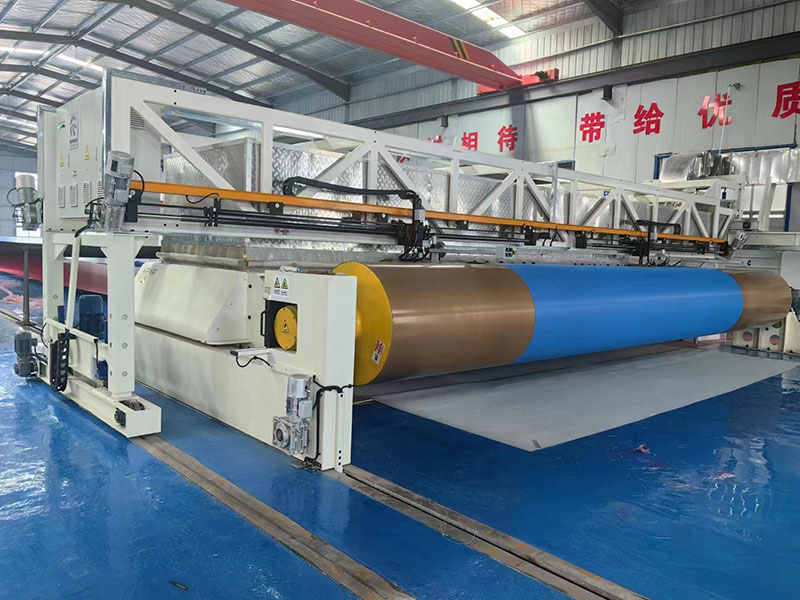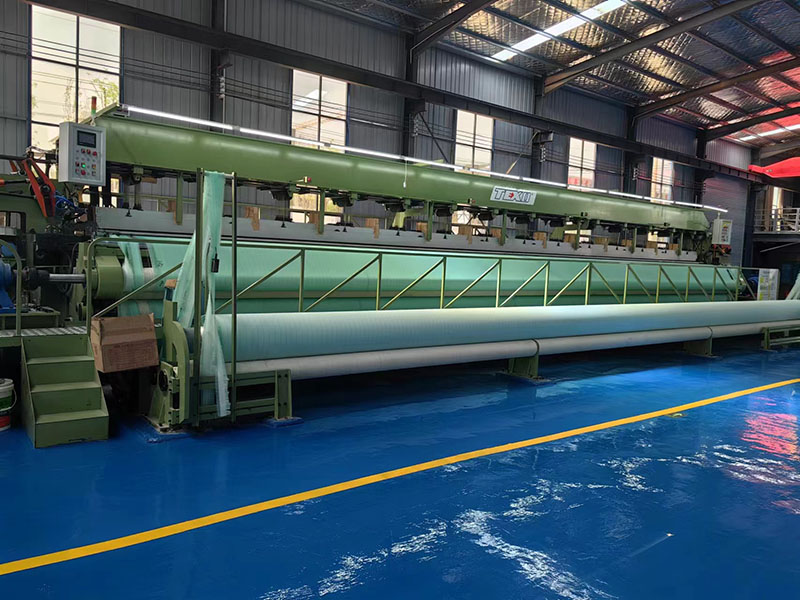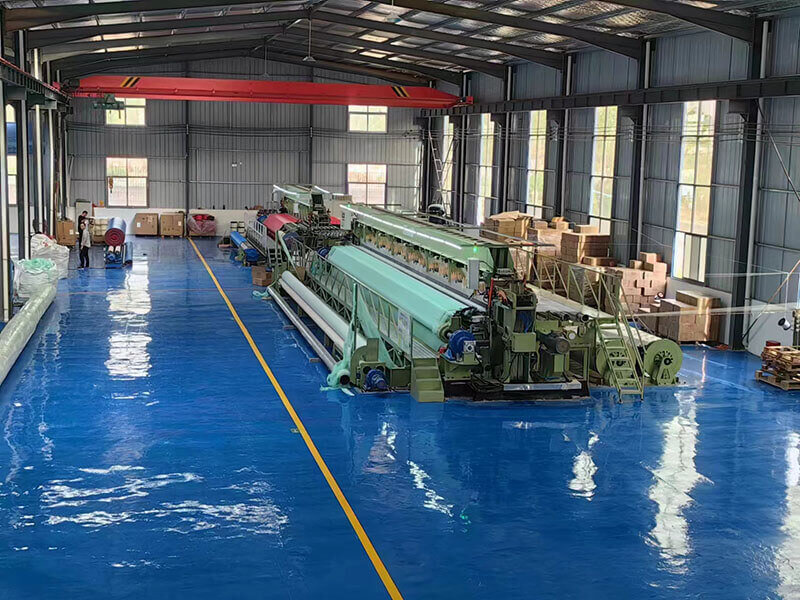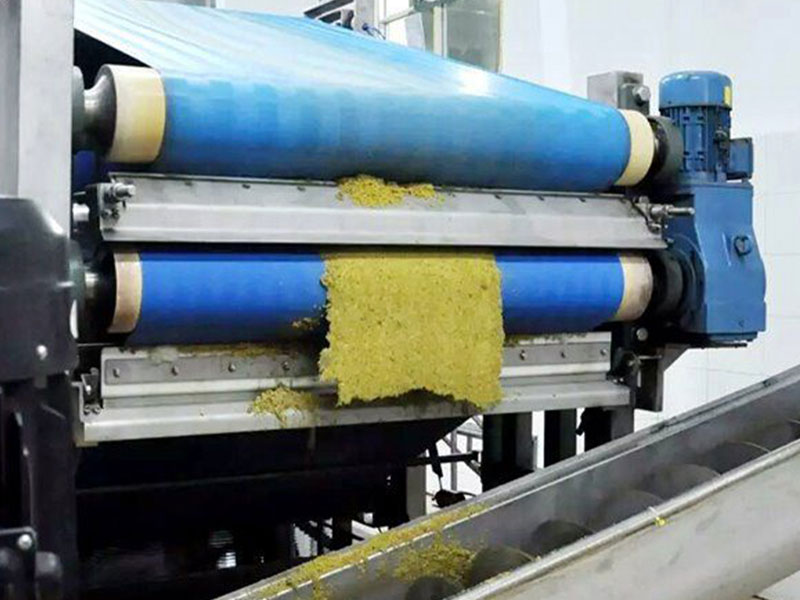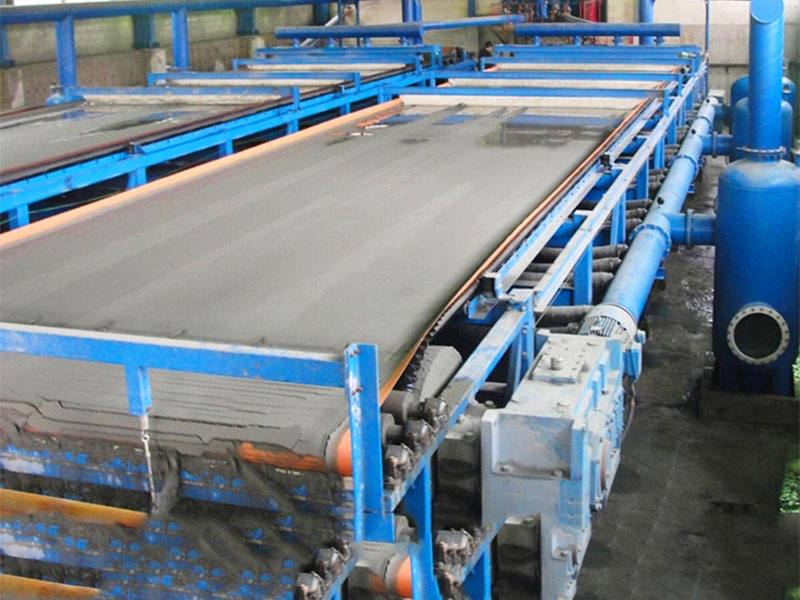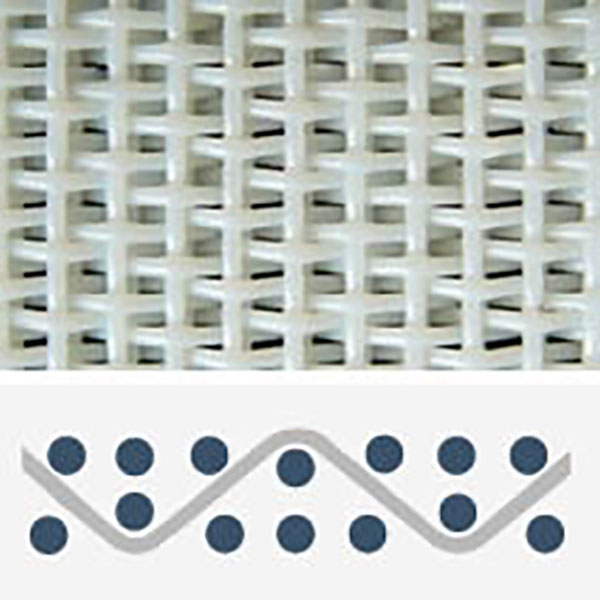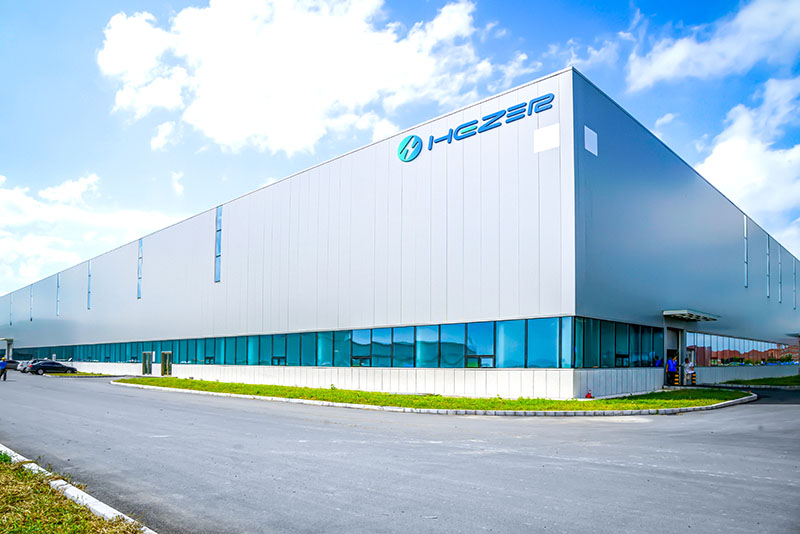Introduction: The Critical Role of Paper Machine Clothing
At HezeRbelt, we recognize that paper machine clothing is the unsung hero of efficient paper production. These essential components – forming fabrics, press felts, and dryer screens – work tirelessly under demanding conditions to create quality paper products. However, like all industrial components, they’re susceptible to various operational challenges that can disrupt production and affect paper quality.
This comprehensive troubleshooting guide examines the most common problems encountered with paper machine clothing, their root causes, and practical solutions to keep your production running smoothly. Whether you’re experiencing sheet breaks, uneven moisture profiles, or premature wear, understanding these issues can help minimize downtime and maximize productivity.
1. Premature Wear and Tear: Causes and Solutions
One of the most frequent complaints in paper mills is the unexpected early failure of machine clothing.
Common Causes of Premature Wear:
| Cause | Symptoms | Solution |
|---|---|---|
| Abrasive stock | Visible fiber embedment, accelerated wear | Use more wear-resistant materials like our premium polyester fabrics |
| Improper tension | Uneven wear patterns, stretching | Follow manufacturer’s tension guidelines |
| Chemical attack | Discoloration, material degradation | Implement proper cleaning routines |
| Misalignment | Edge wear, tracking issues | Regular machine alignment checks |
Pro Tip: Our wear analysis service can help identify specific wear patterns and recommend targeted solutions.
2. Poor Drainage Performance: Diagnosis and Remedies
Inadequate drainage can bottleneck your entire production process, limiting machine speed and affecting sheet quality.
Troubleshooting Drainage Issues:
- Clogging Problems
- Symptoms: Reduced water removal, increased steam consumption
- Solutions:
- Optimize shower systems
- Implement regular cleaning cycles
- Consider anti-clogging fabric designs
- Incorrect Fabric Selection
- Symptoms: Persistent drainage issues despite proper maintenance
- Solutions:
- Reevaluate fabric specifications
- Consider multi-layer designs for better drainage
- Consult our drainage optimization guide
- Improper Break-in Procedures
- Symptoms: Initial poor performance that may improve over time
- Solutions:
- Follow manufacturer-recommended break-in procedures
- Allow sufficient run-in time before evaluating performance
3. Sheet Formation Problems: Causes and Corrections
Poor sheet formation can lead to quality issues and customer complaints.
Common Formation Issues and Fixes:
A. Marking or Impression Problems
- Causes: Improper fabric surface characteristics
- Solutions:
- Select appropriate surface topography
- Ensure proper tension and alignment
- Consider our specialty forming fabrics
B. Streaks or Lines
- Causes: Damaged or worn clothing
- Solutions:
- Regular inspections
- Prompt replacement of damaged sections
- Implement preventive maintenance schedules
C. Two-sidedness
- Causes: Uneven drainage or pressure
- Solutions:
- Balance forming vacuum
- Check press section loading
- Consider symmetric fabric designs
4. Tracking and Runability Challenges
Proper tracking is essential for smooth operation and consistent quality.
Tracking Problem Solutions:
- Edge Damage Issues
- Install proper edge protection systems
- Use guided tracking systems
- Consider our edge-reinforced fabrics
- Tension Variations
- Implement automatic tension control
- Regular tension monitoring
- Proper roll crowning
- Fabric Stretch Problems
- Select low-stretch materials
- Proper initial stretching procedures
- Monitor stretch over time
5. Moisture Profile Irregularities
Uneven moisture profiles can cause downstream processing issues and quality problems.
Moisture Problem Resolution:
A. Cross-Machine Moisture Variations
- Check: Felt conditioning, press loading
- Solutions:
- Optimize vacuum systems
- Ensure proper felt conditioning
- Consider moisture profile scanning
B. Machine Direction Streaks
- Check: Fabric cleanliness, shower effectiveness
- Solutions:
- Improve shower coverage
- Chemical cleaning cycles
- Fabric replacement if contaminated
Our moisture control systems can help identify and correct these issues.
6. Contamination and Plugging Issues
Contamination can significantly reduce clothing performance and lifespan.
Contamination Management Strategies:
- Preventive Measures
- Stock screening systems
- Effective white water systems
- Proper chemical programs
- Cleaning Solutions
- High-pressure showers
- Oscillating shower systems
- Chemical cleaning programs
- Material Selection
- Anti-contamination coatings
- Open fabric designs
- Special surface treatments
7. Unexpected Sheet Breaks: Causes and Prevention
Sheet breaks are costly and disruptive. Many relate directly to machine clothing issues.
Break Reduction Strategies:
| Break Cause | Preventive Action |
|---|---|
| Poor sheet transfer | Optimize pickup and transfer systems |
| Fabric defects | Regular inspections, quality fabrics |
| Uneven drainage | Proper fabric selection and maintenance |
| Contamination | Effective cleaning systems |
Our break analysis program has helped mills reduce breaks by up to 40%.
8. Energy Efficiency Concerns
Paper machine clothing significantly impacts energy consumption, particularly in drying.
Energy-Saving Solutions:
- Press Section Optimization
- Higher efficiency felts
- Proper conditioning
- Optimized nip loading
- Dryer Section Improvements
- High-airflow dryer fabrics
- Proper tension control
- Reduced contact area designs
- System-Wide Approaches
- Integrated clothing solutions
- Performance monitoring
- Regular maintenance
9. Noise and Vibration Problems
Excessive noise often indicates underlying issues with machine clothing.
Noise Reduction Approaches:
- Fabric-Related Noise
- Proper lubrication
- Correct tension
- Appropriate fabric selection
- Mechanical Noise
- Roll maintenance
- Bearing checks
- Alignment verification
- Vibration Issues
- Balance checks
- Drive system inspection
- Structural assessments
10. Chemical Compatibility Issues
Modern papermaking chemicals can interact with clothing materials.
Chemical Resistance Solutions:
- Material Selection Guide
| Chemical Environment | Recommended Material |
|---|---|
| Acidic | Polyester with acid-resistant coatings |
| Alkaline | PPS or specially treated polyester |
| Oxidizing | High-performance polymers |
- Protective Measures
- Chemical monitoring
- Protective coatings
- Regular inspections
Our chemical compatibility testing can prevent costly mistakes.
Preventive Maintenance Strategies
An ounce of prevention is worth a pound of cure in paper machine clothing maintenance.
Essential Maintenance Practices:
- Regular Inspection Routines
- Daily visual checks
- Weekly detailed inspections
- Monthly comprehensive reviews
- Cleaning Protocols
- Optimized shower schedules
- Chemical cleaning cycles
- Mechanical cleaning methods
- Performance Monitoring
- Drainage measurements
- Wear tracking
- Energy consumption monitoring
When to Replace vs. Repair
Making the right decision about clothing replacement can significantly impact costs.
Replacement Decision Factors:
- Performance Metrics
- Drainage capacity
- Sheet quality
- Energy consumption
- Physical Condition
- Wear measurements
- Damage assessment
- Contamination levels
- Economic Considerations
- Repair costs
- Downtime impact
- Energy savings potential
Our replacement analysis tool can help with these decisions.
Conclusion: Proactive Problem Solving for Optimal Performance
Understanding and addressing common paper machine clothing problems is essential for maintaining efficient, high-quality paper production. By implementing the solutions outlined in this guide – from proper material selection to preventive maintenance programs – you can significantly reduce downtime, improve product quality, and lower operating costs.
At HezeRbelt, we’re committed to helping paper manufacturers overcome these challenges with our high-performance clothing solutions and technical expertise. Remember, many problems can be prevented through proper clothing selection, installation, and maintenance practices.
For more detailed assistance with your specific challenges, contact our technical support team or explore our comprehensive resource library for additional troubleshooting guides and best practices.

